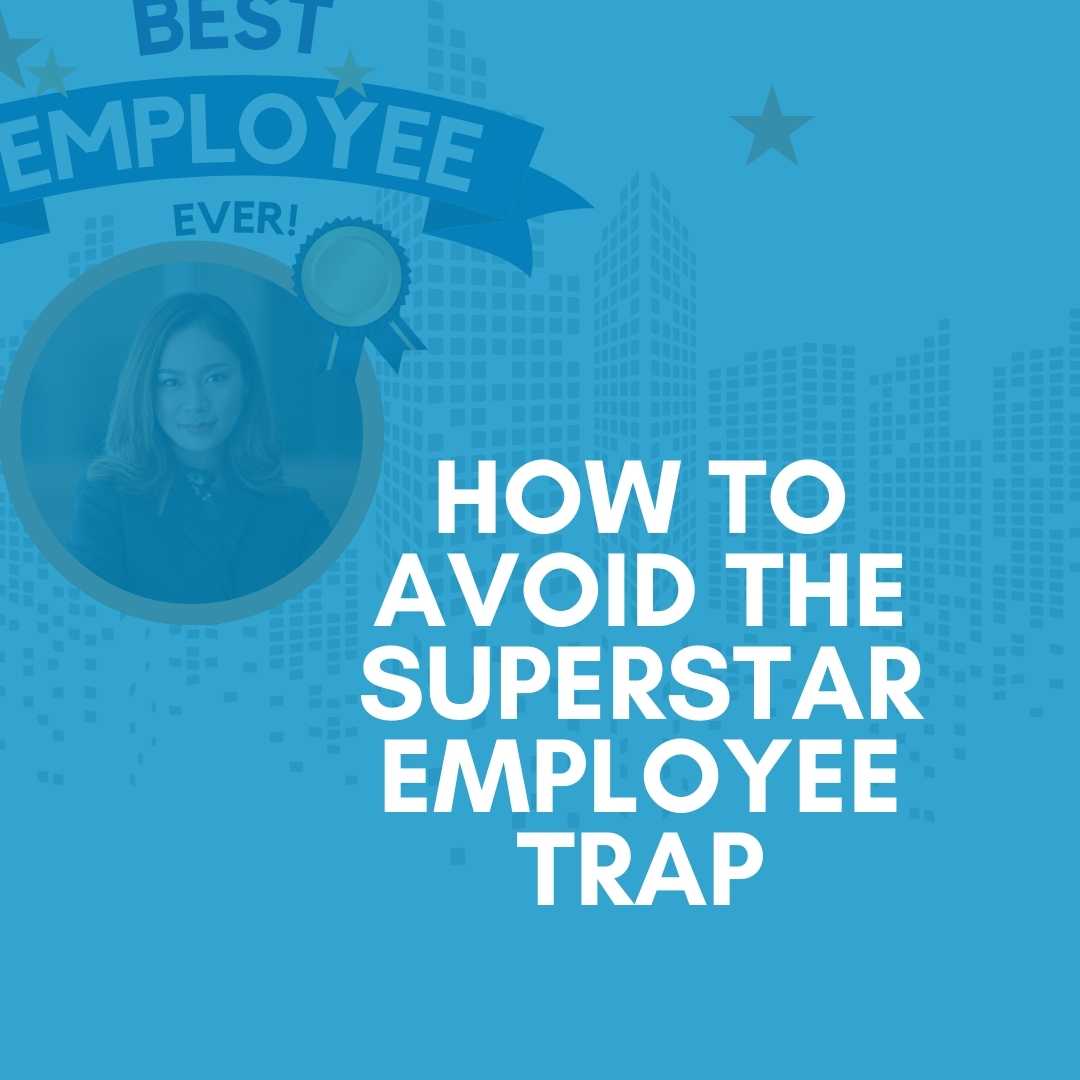 How to Avoid the Superstar Employee Trap 🏆
How to Avoid the Superstar Employee Trap 🏆
Many companies have that one superstar. Whether it’s a brilliant scientist driving innovation, a regulatory expert navigating complex approvals, or a project manager who always delivers, these standout individuals often become the backbone of a team. In life sciences, where precision and expertise are vital, relying on a superstar employee can feel like winning. However, when too much depends on one person, the risks can slowly begin to outweigh the rewards. Over-reliance on a single employee can create bottlenecks, lopsided dynamics, and leave your organization vulnerable.
Teams: The Single Point of Failure
Consider a lead researcher at a biotech firm developing a groundbreaking drug. This person’s expertise is unmatched, and their contributions are essential. But what happens if they suddenly leave, fall ill, or experience burnout? The entire project may grind to a halt, leaving the rest of the team scrambling to figure out what comes next. In the fast-moving world of drug development, where delays can mean millions in lost revenue, this kind of disruption can have major consequences.
Or take a regulatory affairs expert who single-handedly manages compliance for clinical trials. If this expert is the only one with deep knowledge of the regulatory landscape and leaves unexpectedly, the company could face costly delays in securing approvals. In life sciences, where timing is critical and mistakes can be costly, the absence of a superstar employee can lead to significant setbacks.
Lopsided Team Dynamics
Relying too heavily on one star performer can also undermine the effectiveness of the team. For example, a project manager known for always saving the day might overshadow other team members, making them feel undervalued or unimportant. This dynamic can demoralize the team and stifle innovation, as others hesitate to contribute, assuming the superstar will handle everything.
Worse, the superstar themselves may begin to feel overwhelmed by the pressure of being indispensable. Over time, this can lead to burnout, affecting their ability to perform and forcing the company to confront an even bigger crisis: what happens when your most critical employee can no longer keep up?
Avoiding the Superstar Trap
The solution is to get ahead and create a more resilient and balanced team. By fostering collaboration and ensuring knowledge is shared among team members, life science companies can prevent bottlenecks and reduce their dependence on any single individual. Hiring with redundancy in mind and empowering other employees to take on leadership roles can also help build a stronger, more adaptable team.
It’s also important to provide your superstars with support. Giving them the resources they need and encouraging them to delegate will not only relieve pressure on them but also help develop other team members’ skills, ensuring that no one person is indispensable.
Protect Your Team from the Superstar Trap: 5 Simple Steps
- Promote Cross-Training: Ensure critical knowledge is shared among team members to prevent any one person from being the sole expert.
- Use a Staffing Agency: Partner with a staffing agency that understands life sciences. They can quickly source talent to fill gaps and keep your team running smoothly.
- Encourage Collaboration: Rotate leadership roles and create opportunities for others to step up, helping distribute responsibility and build team confidence.
- Develop Leadership from Within: Invest in leadership development programs to prepare employees at all levels to take on greater responsibility, reducing reliance on one individual.
- Implement a Knowledge Management System: Create a central repository for key project details and workflows. This ensures continuity and gives your team easy access to important information.
By taking these proactive steps, life science companies can avoid the dangers of relying too heavily on one superstar employee and build a more resilient, collaborative team ready to face any challenge.